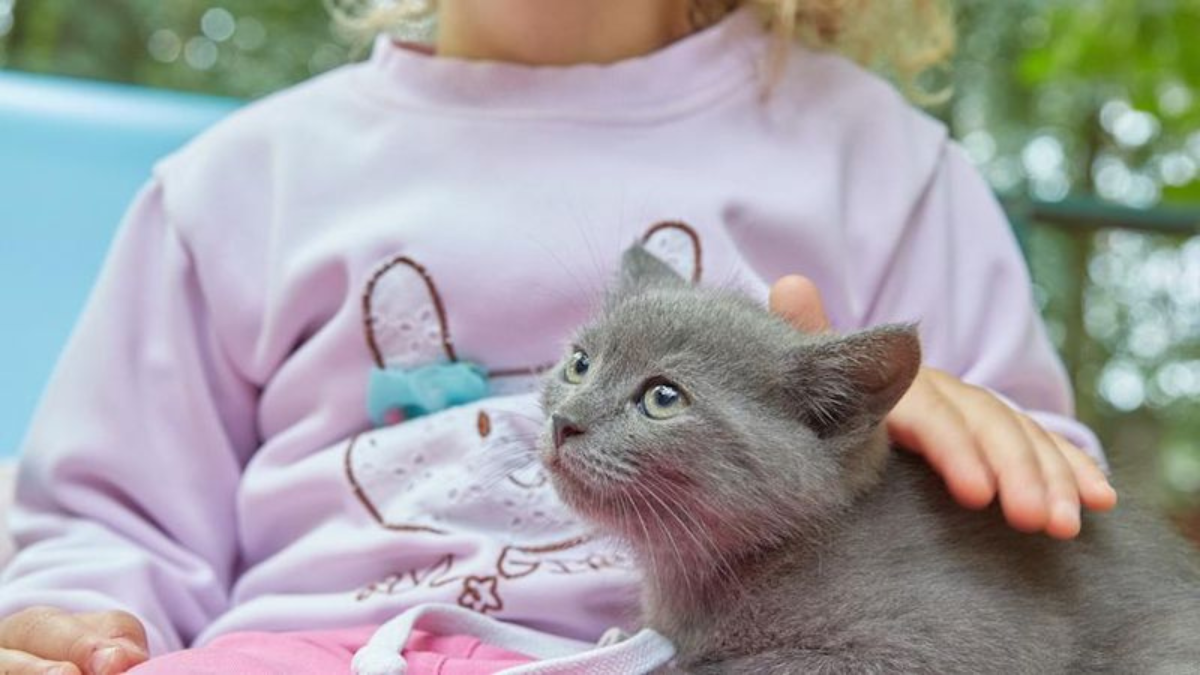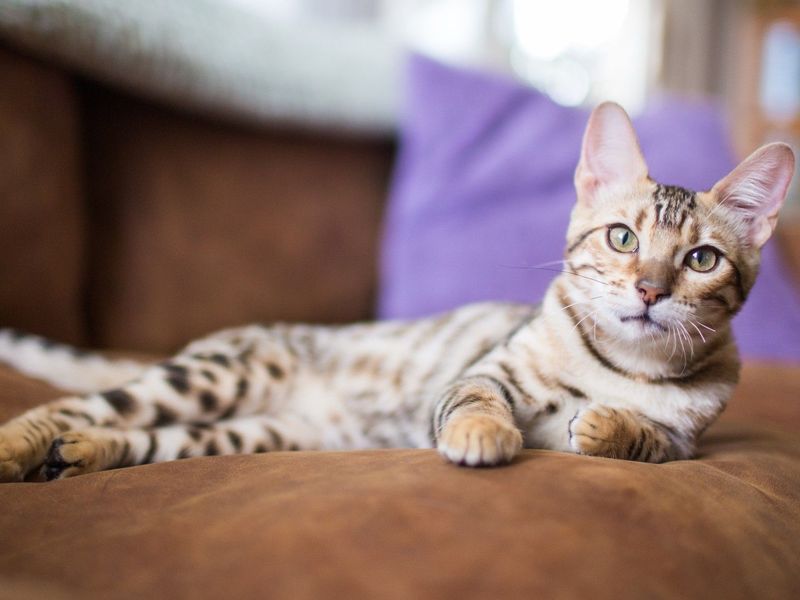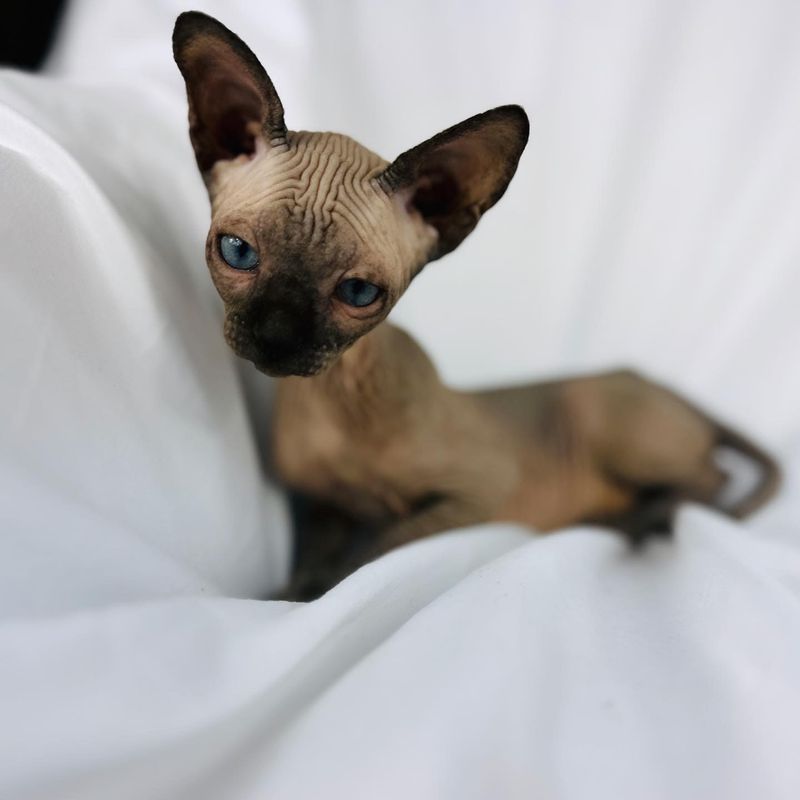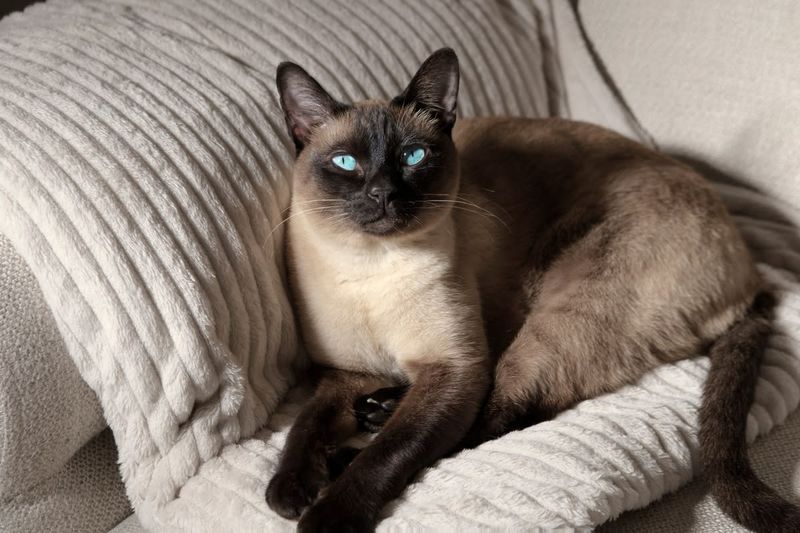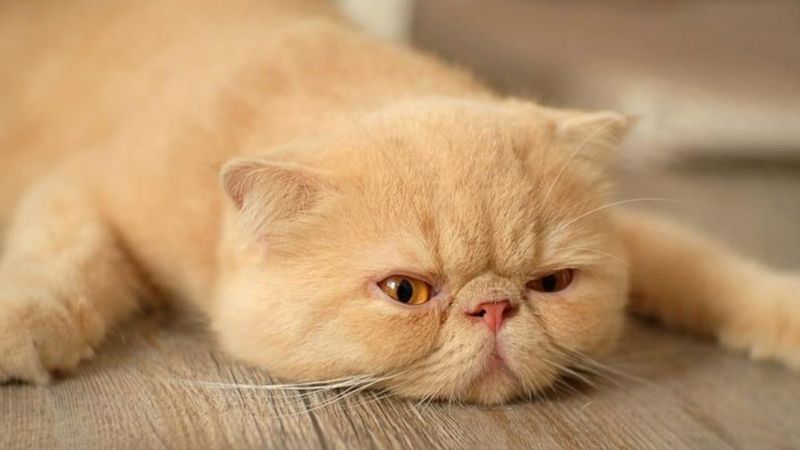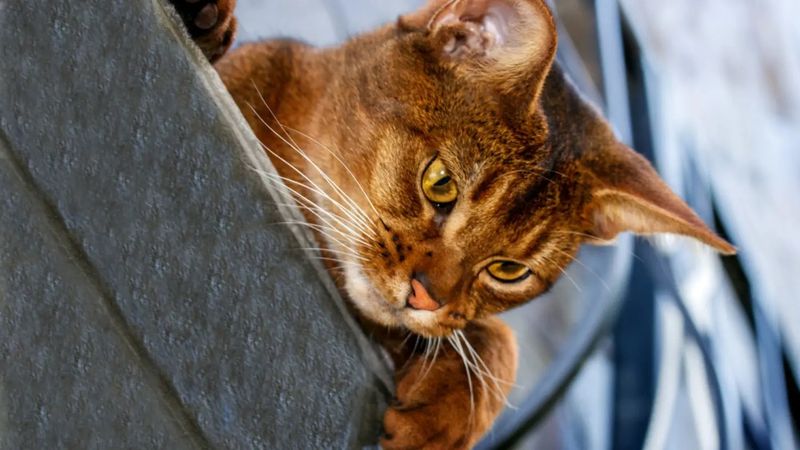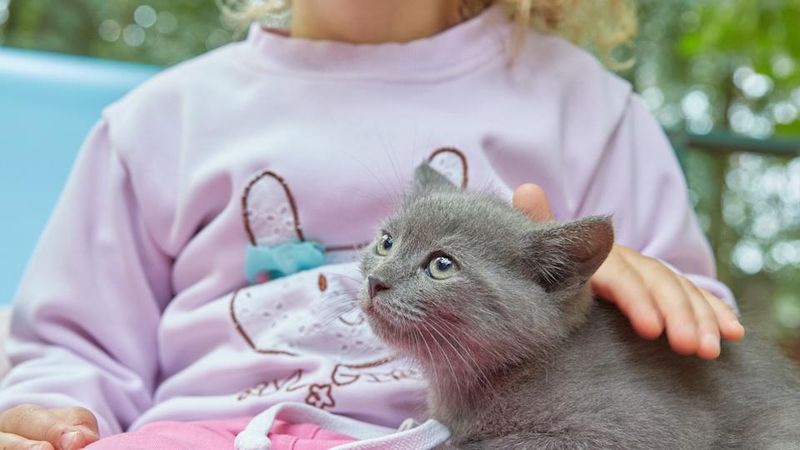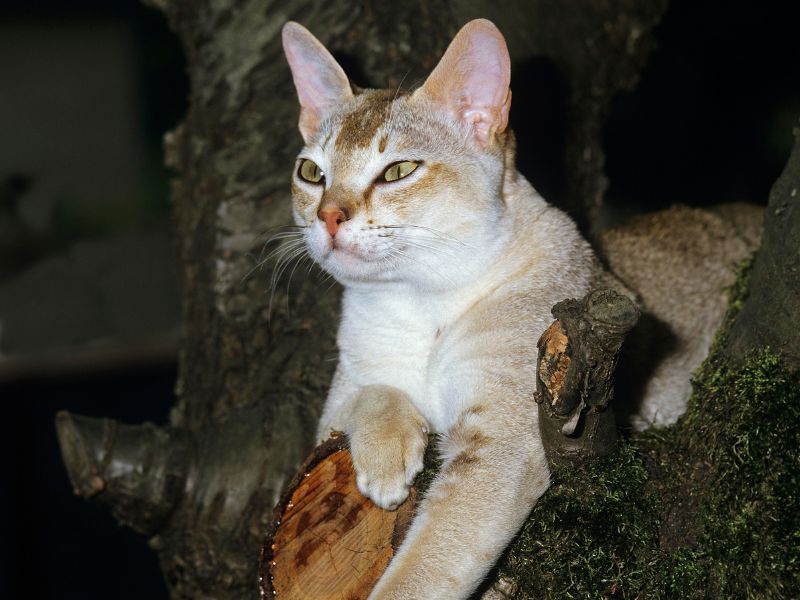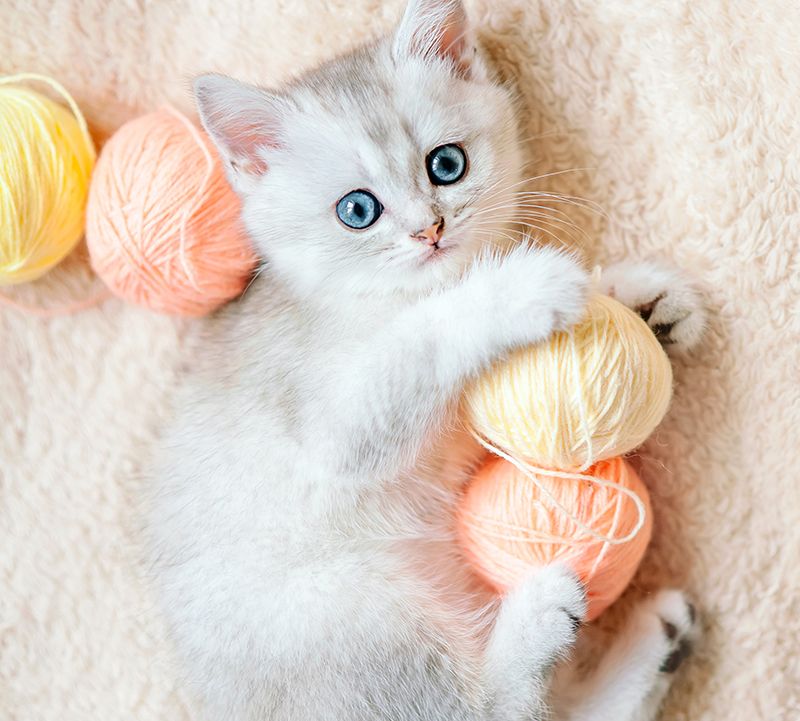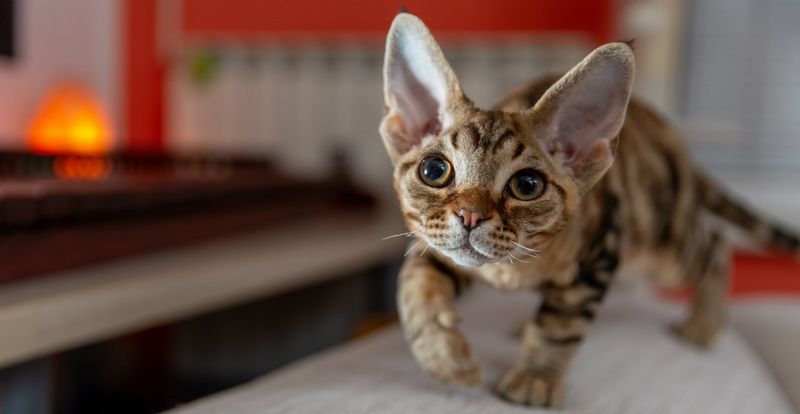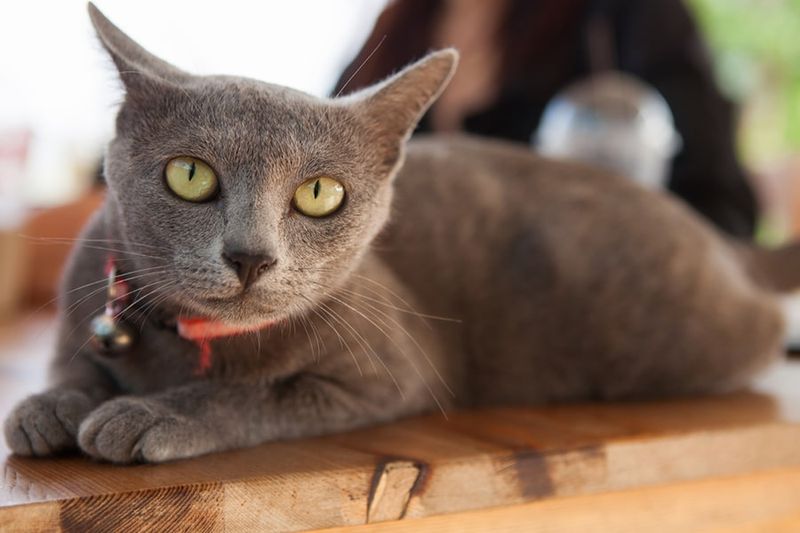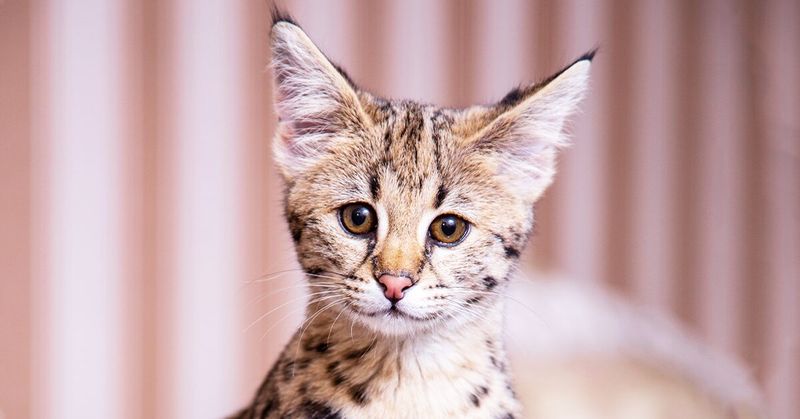📖 Table of Content:
Choosing the right cat for a home with children is an important decision that can impact the harmony of the household. Cats, like people, have unique personalities, and not every breed is suited for the lively environment that kids bring. While some cats enjoy the company of children, others might not tolerate the noise and chaos of a busy household.
Certain cat breeds are naturally more laid-back and adaptable, making them ideal for families with young ones. However, other breeds might find the energy overwhelming and become stressed or anxious in a home filled with children. It’s essential to consider the temperament, patience, and tolerance of a breed when making this decision.
By selecting the right cat breed for a family, both the children and the pet can form strong, positive bonds. A good match will lead to a smoother integration into the household and prevent potential behavioral issues. This ensures that the cat’s needs are met, while also providing a safe and loving environment for the kids.
1. Bengal
With their high energy and active nature, Bengal cats can quickly become overstimulated in households with small children. These wild-looking cats require constant exercise and mental challenges to stay content, or they may channel their energy into undesirable behaviors. Kids who aren’t able to provide consistent play may find it challenging to keep them entertained.
Bengals also tend to be vocal and demanding when their needs aren’t met, creating potential tension in family environments. Their strong hunting instincts make them prone to pouncing on moving objects – sometimes including a child’s feet or hands. Without proper socialization and boundaries, these active cats may become too much for families with young children to handle.
2. Sphynx
Sphynx cats require special care that many busy families with children struggle to provide. Their hairless bodies need regular bathing to remove oil buildup, and their skin requires protection from both sun and cold. Young children may not understand the gentle handling these sensitive cats need. Sphynx cats can easily get scratched by rough play, and kids might not realize how delicate their skin truly is.
These cats crave constant attention and warmth, often climbing under blankets or clothing. This behavior can become problematic with small children who may accidentally hurt them when they can’t see the cat hiding under bedding or clothing.
3. Siamese
With their signature loud meows that resemble crying babies, Siamese cats can easily dominate the soundscape of a home with kids. Their vocalizations can become disruptive, particularly during quiet times like naps or bedtimes. Due to their strong bonds with their owners, these cats may also feel possessive and jealous when children take center stage.
This breed doesn’t appreciate the unpredictable movements and noise levels typical of households with kids. Siamese cats have strong personalities and prefer structured environments where they can predict daily routines. The chaos that naturally comes with children can stress these cats, potentially leading to behavior problems like inappropriate elimination or excessive grooming.
4. Persian
The long, luxurious coats of Persian cats need consistent grooming to avoid painful tangles and mats, a responsibility that may be too much for children to take on. With grooming falling primarily on adults, maintaining their coat becomes a time-consuming task. In addition, their flat faces can cause both breathing problems and eye conditions, requiring extra attention.
Active households with running children can trigger respiratory distress in these sensitive cats. Persian cats typically prefer quiet, calm environments where they can lounge undisturbed. They often retreat from the noise and activity that comes with children, making it difficult to build a meaningful relationship between your kids and this reserved breed.
5. Abyssinian
Abyssinians are known for their incredible jumping abilities and tendency to climb to the highest point in any room. This behavior makes it nearly impossible to keep them away from dangerous areas or fragile objects in homes with children. These cats have an insatiable curiosity that leads them to investigate everything – including homework, toys, and any project your child is working on.
Their playful interference can quickly frustrate kids trying to complete tasks. Abyssinians require substantial daily exercise and engagement. Without proper stimulation, they may develop problematic behaviors like excessive vocalization or destroying household items, creating additional challenges for families already busy with children’s needs.
6. Russian Blue
Highly sensitive to their environment, Russian Blues find it challenging to adapt to the lively nature of households with children. Frequent disruptions and noise can cause these cats to become anxious and stressed. Their introverted nature means they are quick to retreat and hide when faced with strangers or loud, sudden noises common in family homes.
These cats typically bond strongly with one or two family members rather than the entire household. This selective attachment can lead to jealousy issues or feelings of rejection when children want to interact with a cat that consistently avoids them.
7. Singapura
Singapura cats are among the smallest domestic cat breeds, making them physically vulnerable in households with energetic children. Their tiny size means they can be easily injured during normal play or if accidentally stepped on.
Despite their small stature, they possess boundless energy and can be quite mischievous. Singapuras often dart between feet or suddenly jump onto counters, creating situations where startled children might react in ways that harm the cat. These cats are known for their delicate constitutions and can be prone to health issues. The stress of living with unpredictable children can exacerbate these tendencies, leading to increased veterinary care and concerns.
8. Scottish Fold
While Scottish Fold cats are adored for their sweet, teddy-bear appearance, their cartilage issues can lead to painful joint problems. These cats are often uncomfortable when handled too roughly, a common risk in households with young children who might not know how to properly care for them. Their irresistible charm can tempt kids to pick them up, not realizing the potential for discomfort due to their sensitive joints.
This excessive handling can cause significant pain for Scottish Folds with underlying skeletal problems. The breed requires gentle interaction and often needs special accommodations like ramps or steps to access favorite perches. Children may unintentionally disrupt these arrangements or encourage jumping that can harm these cats’ compromised joints.
9. Devon Rex
The fine, delicate coats of Devon Rex cats require gentle care, as rough handling can easily damage their fur. Young children, not always aware of the fragility of these cats’ coats, may inadvertently cause harm. With their thin, wavy fur offering little protection, Devon Rex cats are more susceptible to scratches and injuries, making them a less ideal choice for households with small children.
Devon Rex cats also tend to have higher body temperatures and metabolisms than other breeds, requiring more frequent meals that can be disrupted in busy households. These cats are known for their mischievous, almost dog-like personalities. While this sounds appealing, it means they’re constantly getting into things, stealing food, and creating chaos that can compound the existing challenges of raising children.
10. Korat
Due to their sensitivity to noise and sudden movements, Korat cats may struggle in homes with children, where such disruptions are frequent. Their finely tuned nervous systems make them more prone to stress and anxiety in chaotic environments. These silver-blue cats, native to Thailand, are considered lucky and are often treated with great care, but their need for tranquility may not fit well in homes with active, noisy children.
Such treatment rarely happens in homes with active children, leading to stressed cats and frustrated kids who don’t understand why their pet seems constantly anxious. Korats form deep bonds with their owners and can become depressed when not given enough attention. In households where children naturally demand significant time and energy, these cats may develop behavioral issues stemming from feeling neglected.
11. Savannah
Due to their serval heritage, Savannah cats can be unpredictable and sometimes aggressive around children. Their size and strength give them the ability to overpower kids, particularly during rough play. These cats require a special diet, regular exercise, and knowledgeable handling to ensure they adapt well to family life.
They may mark territory through spraying, even when neutered, creating hygiene issues in family homes. Savannahs have tremendous jumping ability and can easily access areas meant to be off-limits to both cats and children. Their intelligence means they quickly learn to open doors, cabinets, and refrigerators, potentially accessing dangerous items or creating situations where children might try to copy their behavior.
